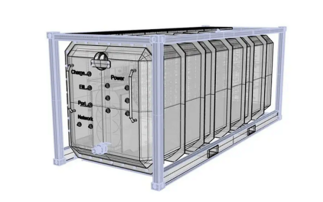The Gen 10 servers are built, operated and disposed of with data security at the forefront
Cyber threats across the world are growing more dangerous every year. Hacking groups continue to evolve, sharing information to penetrate robust defences. As time goes on, the IT industry has reali...
To continue reading this article...
Join Computing
- Unlimited access to real-time news, analysis and opinion from the technology industry
- Receive important and breaking news in our daily newsletter
- Be the first to hear about our events and awards programmes
- Join live member only interviews with IT leaders at the ‘IT Lounge’; your chance to ask your burning tech questions and have them answered
- Access to the Computing Delta hub providing market intelligence and research
- Receive our members-only newsletter with exclusive opinion pieces from senior IT Leaders




















